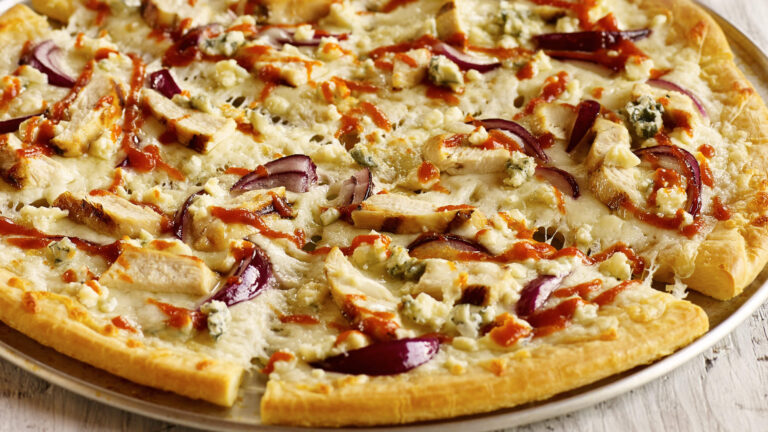One of the things about designing a big project like this is that so much of the process is invisible. There will be a thousand little elements over which you have absolutely agonized, about which no one will have ever spared a second thought. Once in a while, though, someone will notice. They will ask a perfectly innocuous question, entirely unaware of the monstrous essay they have summoned forth. There is is a strange joy, as a creative, in getting to walk someone through the absurd depths to which you have overthought something.

Today, Volca asked:
“Someone familiar with tRoS and BotIt, wondered why you switched to d6 and I had never even thought of it as being a thing to ask”
Looks like we’re writing a design article today!
There are a handful of reasons for this. The easiest and most practical answer is accessibility. Most people have at least a handful of d6s laying around somewhere, even if their only exposure to tabletop gaming is through board games. Even if you don’t, they are so common that they can be cheaply purchased at most grocery or general stores. I picked up a 10 pack of Bicycle brand d6s at a Dollar General once for $2. It’s pretty hard to beat.
By contrast, d10s are a bit more scarce. Even people who are into other tabletop RPGs generally only keep two or three in their dice kit. While there have been games using d10 pools as their primary mechanic (most notably, the World of Darkness franchise, and of course, The Riddle of Steel) these are comparably few and far between.
Then on a far more subjective note: I’ve always found d6s more pleasant to roll in handfuls. They come in a lot of different sizes and make a very pleasant clatter. Being squares, they also stack nicely. From a swag and marketing perspective, the square surfaces of a d6 are also larger relative to their overall size, making them an ideal surface to print custom faces on.
That said, everything above is just a pleasant side effect. The real answer requires a better question: not “why does S&S use d6s?” but rather “why does TROS use d10s?” These aren’t arbitrary choices.
In TROS, the system made extensive use of target numbers (TNs) as a mechanic. To succeed at a task, you need to roll equal to or higher than a given TN on an individual die. TROS heavily relied on these TNs to carry different kinds of weight.
- Attribute rolls and terrain rolls use a variable TN in order to set the difficulty of a given task.
- Proficiency rolls with weapons use TNs to model the weapons performance. An ATN for thrust, ATN for Swing, DTN for parry/block
- Skill rolls were treated like an attribute roll, but now the TN is set by your rank in the skill and the difficulty of anything but a basic test was set by the number of successes required.
All of these features benefit from the wider range of TNs you can place on a d10, but none of those features were carried forward into S&S.
First, the way that skills and attributes were handled was a common grumble on the TROS forums back in the day. There were more than a few attempts by different folks to unify the way the different systems were handled.
Second, the ATN/DTN bit sounded fun in theory, but fell short in practice. While the core book has weapon TNs ranging from 5 all the way to …16 (on a d10, yes), most were in the range of 6-8, which seemed to be mostly interpreted as:
- TN6. “Does the thing.”
- TN7. “Does the thing, but maybe try not to.”
- TN8+ “Don’t bother trying the thing.”
Rather than promoting variety within the weapons, it instead tended to shepherd players into ignoring anything that didn’t have an ATN6 in its preferred attack and picking up a shield any time the weapon was DTN8+. This also had the effect of getting players to disproportionately fixate on things like the Rapier for its ATN5 thrust, effectively a 10% bonus to your roll.
I believe this was the reason why Blade of the Iron Throne went with d12s instead of d10s. They were attempting to expand the range of viable weapon TNs to ease the problem above.
When Higgins and I got to designing Song of Steel (the very first iteration of S&S) we basically ditched the idea of weapon-variable ATNs and DTNs entirely. At least in our experience, they seemed to encourage optimization in ways we didn’t find interesting and we didn’t see the point of having weapons no one would want to use.
At the same time, we ended up adopting a skill system that looked a lot like what was becoming a popular mod at the time: effectively adopting the WoD system for skill checks where everything was a combined pool (attribute+attribute, or attribute+skill.) There was a kind of precedent for this in TROS already, as that is how combat proficiencies were calculated. Difficulty of task was then measured in successes required, also something that TROS already did in some circumstances. Fixed TN pool vs Successes Required was also how The Burning Wheel worked, so it must’ve been good enough.
Once we realized that we didn’t have a use for variable TNs, we struck on the very clever idea of using TNs in an area we’d always found a bit rough in TROS:
Wounds in TROS were always sort of messy. Yes, in the bloody gory fun way, but also in the fiddly annoying to track way. Taking an injury in TROS had two properties to deal with: Shock and Pain.
- Shock was an immediate, static penalty that subtracted a number of dice from your current combat pool. It is applied only once, immediately when the wound is taken, and then forgotten.
- Every turn thereafter, the wound will cause you Pain. Pain is also a number of dice subtracted from your combat pool each time it refreshes, but can be reduced by your willpower.
This was perfectly functional, but lead to a lot of dice juggling and unnecessary math, especially when you end up with multiple wounds each of which are reduced separately by your Willpower.
Compounding the issue, rules-as-written, Pain applies to all of your pools. That naturally included attribute and skill pools, which created a new problem. Combat pools were generally twice the size of any attribute or skill pool you might roll, meaning that the penalty for Pain scaled very poorly between the types of roll. An injury that might make only a marginal impact in combat might cripple you for anything else.
In designing our approach to wounds, we decided to retain Shock, renaming it to Impact. The way TROS-like games handle combat, the ability to remove dice from your opponents pool is a load-bearing mechanism. Pain, on the other hand, was something we could play with. We ultimately converted the function of pain to a shifting TN on the dice. In handling it that way, we not only reduced the amount of fiddling with the die pool itself, but the pain mechanic would scale properly no matter how large or small the die pool was
The final blows for the d10 came in the form of logistical efficiency. First, we very early on adopted an advantage/disadvantage mechanic whose purpose was basically a call-on modifier we could add to things with minimal complication or dice juggling. When you get an advantage on a roll, your TN goes down by 1, making it easier. When you get a disadvantage, it goes up by 1, making it harder. In practice, though, it didn’t feel like the dis/advantage modifier was enough to really matter. We were considering making it +2/-2 instead, but then…
Second, TROS always required a pool of d10s but then also a couple d6s for actually determining hit locations. We followed suite, but eventually turned the combat chart into the wound wheels. And because we were already using the wound wheels as d6s, we started plugging them in for other minor things.
At a certain point, we had the thought that if we were already using d6s for a bunch of stuff, why not just do the whole thing on d6s? At this stage, we were no longer using any of the things that benefited from the granularity of a d10, and the advantage/disadvantage system was actually more useful with fewer die faces. When we made the switch from Band of Bastards to Sword & Scoundrel, we went all-in and moved to the d6 instead.
Also, the d6 is a true platonic solid unlike the d10, which is an abomination unto the Lord.
Xoxo,
-Brooks



